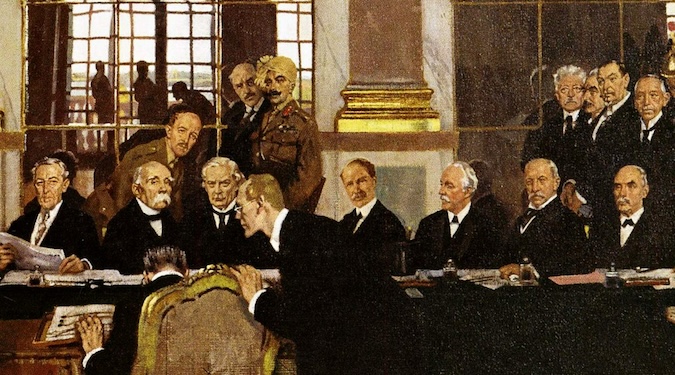In this book review of Paul Lushenko and Shyam Raman’s The Legitimacy of Drone Warfare: Evaluating Public Perceptions, Joseph Chapa examines how the authors purport to do four things: 1) deliver empirically verifiable differences in how citizens of various countries perceive the legitimacy of drone warfare (in this case, the US and France); 2) offer… Continue reading The Legitimacy of Drone Warfare: Evaluating Public Perceptions
Tag: Laws of War
From Treaties to Tweets: The (In)Formality of War Termination
This article explores the causes for informality in war termination and advocates for a return to formality. Forever wars are a new, pervasive problem. Around the world, conflicts have been simmering and occasionally boil over. They do not seem to end, and this is not normal. International law scholars debate why this is happening, pointing… Continue reading From Treaties to Tweets: The (In)Formality of War Termination
The ICC and Environmental Protection: Prosecuting Environmental War Crimes in Ukraine
Caitlyn Johnson analyzes how environmental damage could potentially be prosecuted as war crimes by the International Criminal Court. Johnson begins by noting how international armed conflicts have impacted the environment and summarizing previous efforts to hold states accountable for environmental damage. Johnson then looks at Ukraine as an example of extensive environmental damage in war… Continue reading The ICC and Environmental Protection: Prosecuting Environmental War Crimes in Ukraine



